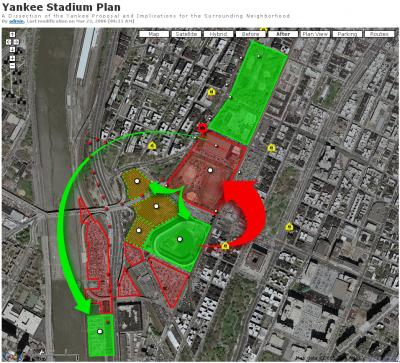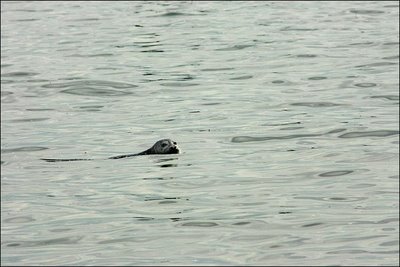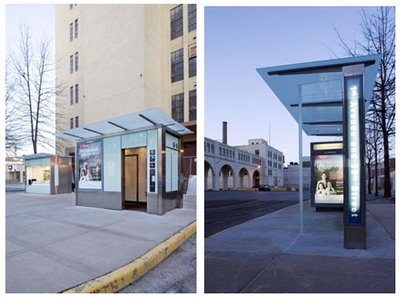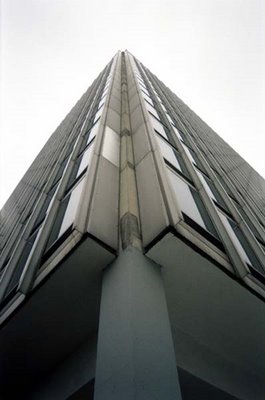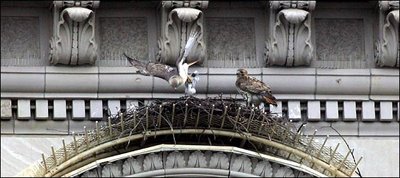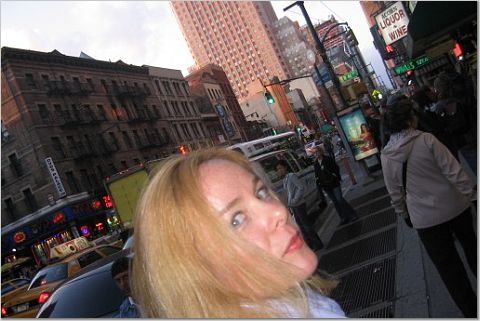
The
Architect's Newspaper has a comprehensive piece by David Grahame Shane about all the development that's planned for
Queens: "The Department of City Planning’s surgical approach to zoning is stimulating strategic development throughout the borough, promising a series of dynamic urban patches— as well as some awkward seams."
In this article, Shane -- who teaches urban design at Columbia and Cooper Union -- applies the theories he laid out in his book, Recombinant Urbanism: Coneceptual Modeling in Architecture, Uban Design, and City Theory, which I interviewed him about when the book was first published in the fall. Here are some excerpts:
 What do you mean by "recombinant" urbanism?
What do you mean by "recombinant" urbanism?
Recombinant comes from genetics. Watson and Crick had a big influence on me. My idea is that through history, urban elements combine and recombine to make something entirely new and unique.
What is the difference between urban planning and design?
My definition, it’s a scale thing. Urban planning is very large scale. Urban design is much more about the fragments. It’s more in tune with the way catalyst development works. People can only assemble so much at one time. It’s more about packaging. Urban design is more pragmatic.
It's a dense book. Can you sum it up?
It starts with the idea that there are basic elements of urban design, one is a centering device, a town square or an atrium. Another is a linear sorting device, a street or a mall. The third one is places of urban change, the recombination of urban elements, or heterotopias as [Michel] Foucault called them.
Your book argues that there’s no such thing as a master planner anymore.
Planners and their dream of a rational scientific world just doesn’t work. The world is an irrational place where strange things happen. In the past, the illusion of planning scientifically was supported by the state and corporate economic planning departments. It was a different world. A lot of the book is about complex interactions and layers of different approaches. People in the past tried to simplify things. Today, in a heterotopia, actors work out their differences and come to some kind of agreement about its future shape.
Progressive urbanists say there’s no good planning in New York. Do you agree?
In certain ways, the New York adversarial model works. Otherwise you end up with Portland, and that doesn’t appeal to me much.
 Talks to hammer out who will build what at the World Trade Center have once again collapsed, and for the first time in awhile, I'm optimistic about what will ultimately come of the rebuilding effort. That might seem counterintuitive, but the fact is, the best thing that could happen right now is nothing because the people with the most power in these negotiations are completely consumed by what the rebuilding process will do for them, not for New York. As Nicolai Ouroussoff put it:
Talks to hammer out who will build what at the World Trade Center have once again collapsed, and for the first time in awhile, I'm optimistic about what will ultimately come of the rebuilding effort. That might seem counterintuitive, but the fact is, the best thing that could happen right now is nothing because the people with the most power in these negotiations are completely consumed by what the rebuilding process will do for them, not for New York. As Nicolai Ouroussoff put it: